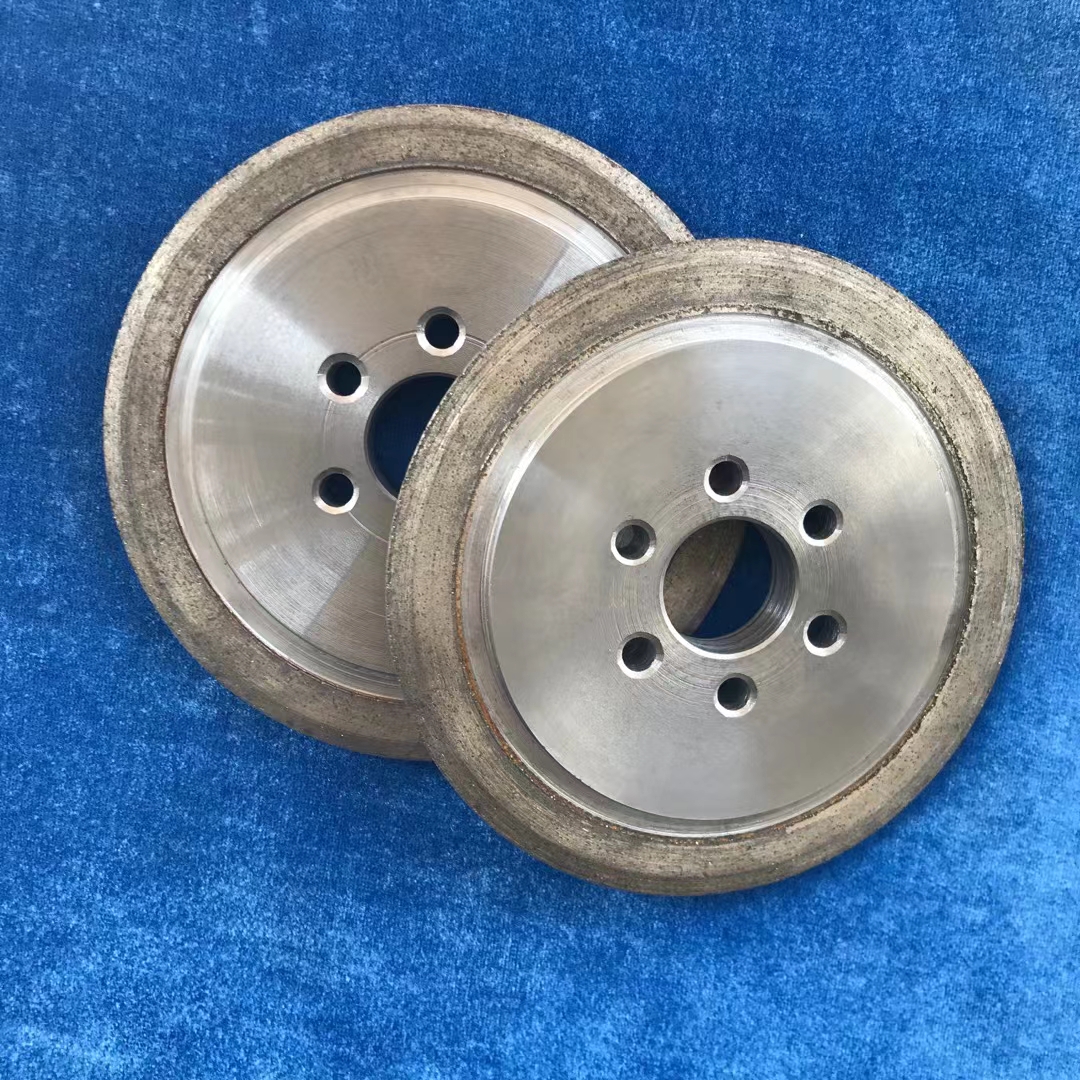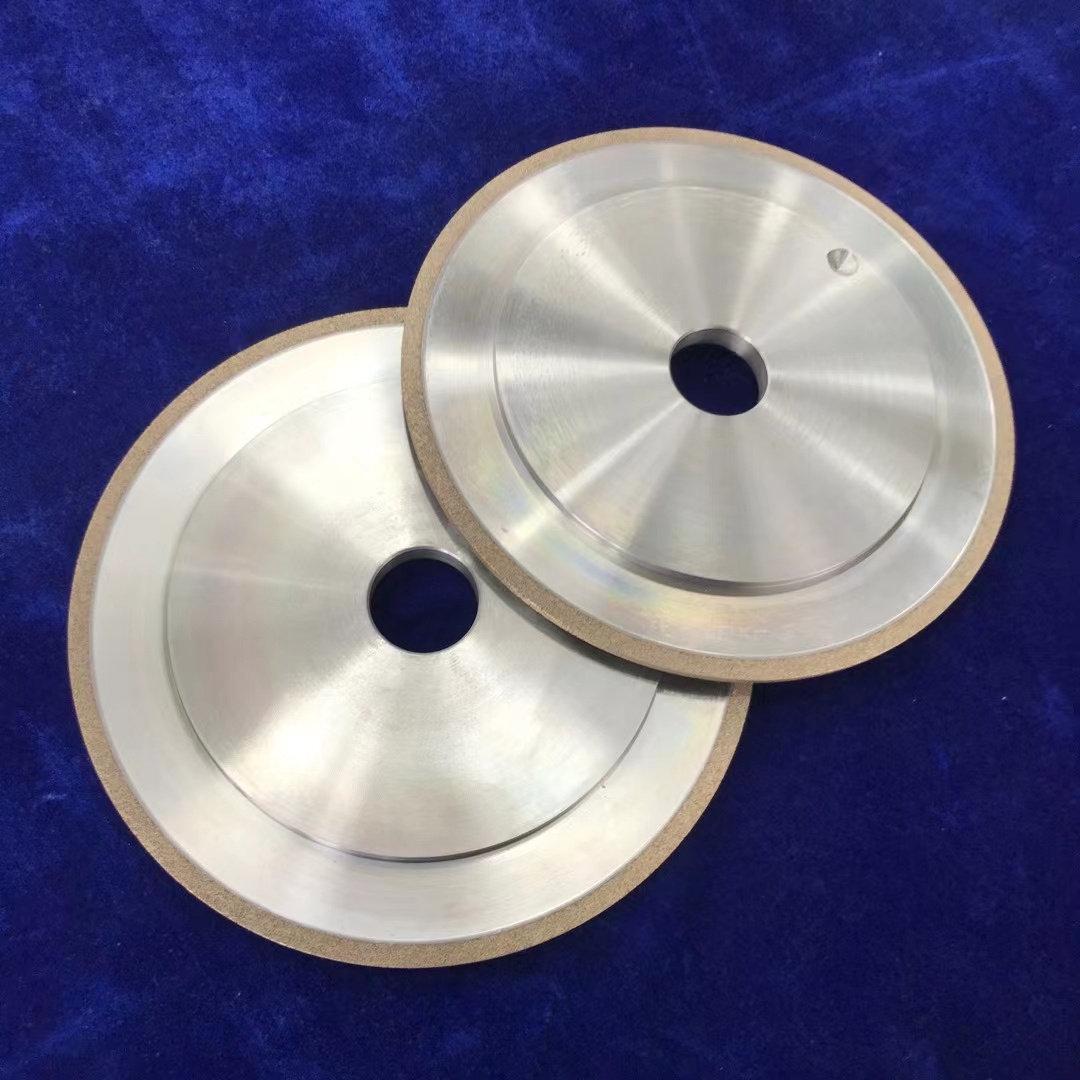What is a sander?
Sand mill is one of the core equipment for crushing raw materials (nanomaterials, ceramic materials, lithium battery materials, paint, ink, chemical fiber, pigment, horizontal honing machine);
The working principle of the sand mill is that the grinding medium and the material in the fixed cylinder are stirred by the high-speed rotating dispersion disc, so that the solid particles in the material and the grinding medium produce strong shear, erosion, collision, to achieve the purpose of grinding and dispersion. (The sand mill has a variety of product concepts according to the equipment structure, material material, grinding fineness, application field, etc., such as: vertical sand mill, horizontal sand mill, nano sand mill, sub-nano sand mill, micron sand mill, nano ceramic sand mill, etc., not detailed here)
Compared with other ultrafine grinding equipment, what are the advantages of the sand mill? Industry media, experts and scholars have conducted the following experiments to find out the answer to this question.
Sand mill PK ball mill
Many researchers have done a lot of experiments on the grinding efficiency of the ball mill and the sand mill, and the results show that the sand mill is far superior to the ball mill in terms of grinding efficiency and preparation cost. Moreover, the experiment also proved that the sand mill can prepare the average particle size of less than 0.5μm powder, which is much smaller than the ball mill product particle size.
Experiment 1: Grinding of piezoelectric ceramic materials
CAI Xiaofeng studied the influence of different grinding equipment on the particle size and distribution of powder. In the experiment, the researchers put 3kg piezoelectric ceramic composite material into the ball mill tank, the vibrating abrasive bucket and the sand mill barrel for grinding processing, all the wet processing, sampling at intervals to measure the particle size and its distribution, and compared the time required for the processing of the three kinds of equipment when the particle size D50 reached about 0.5μm and the particle size distribution of the powder after processing.

Processing efficiency of different grinding processes and their effects on particle size of powders
The experimental results show that the vibration grinding process is better than the ball grinding process and the sand grinding process is obviously better than the ball grinding and vibration grinding process in terms of crushing efficiency and particle size distribution. This is related to the size of the grinding ball used for crushing and the speed and energy of the grinding ball. Generally, the smaller the grinding ball, the greater the grinding effect, the finer the crushing, and the narrower the particle size distribution.
In the experiment, the diameter of the zirconia ball used in the sanding is 1.5mm(1.5Kg), and the diameter of the zirconia ball used in the ball grinding and vibration grinding is 20mm, 15mm and 8mm mixture (7.5Kg), and the grinding surface area of the sanding mill is much larger than that of the ball grinding and vibration grinding. The running speed of the grinding ball is 1800rpm during sand grinding, the vibration speed of the grinding ball is 600 times /min, and the running speed of the grinding ball is 65rpm during ball grinding. Therefore, the grinding process has the highest grinding efficiency, the smallest powder particles, the narrowest particle size distribution, and the best grinding quality.
Based on the above crushing test results, CAI Gaogong concluded: The piezoelectric ceramic composite material is pulverized by sand grinder, which is more conducive to improving the microstructure of piezoelectric ceramics, improving the mechanical properties and piezoelectric dielectric properties of piezoelectric ceramic materials, and reducing the performance decay rate by 50% for ultrasonic atomizing energy exchange components, significantly extending its service life from 5000h to 8000h.
Experiment 2: Pulverized processing of lithium electric materials
By comparing the morphology of LiFePO4 synthesized by the traditional high-energy ball milling method and the sand-spray drying method, Conto found that the size of the LiFePO4 precursor synthesized by the high-energy ball milling method after sintering is 300~400nm, the particle size distribution range is wide, and the particle morphology is different, and there is no obvious similarity. However, the LiFePO4 precursor synthesized by sand-spray drying method has a particle size below 100nm and a narrow size distribution before spray drying and sintering. After spray drying and sintering, the products were aggregated into micron spheres with a diameter of about 10μm. It was obviously observed that the micron spheres were composed of a large number of fusiform particles, and the size distribution of the particles was narrow, about 300nm.
The peak shape of LiFePO4 precursor synthesized by sand-spray drying method is prominent and sharp, indicating that LiFePO4 synthesized by this method has higher crystallinity. This is because in the process of grinding mixing, the speed of the sander can reach 2800r/min, while the speed of the high energy ball mill is only 1200r/min, in addition, the diameter of the zirconia ceramic ball ball inside the sander is only 0.3mm, and the diameter of the steel ball inside the high energy ball mill is 2mm, so compared with the high energy ball mill, The sanding mill can grind the material to a finer size and make it more fully mixed, thus increasing the degree of reaction and thus increasing the degree of crystallinity.
Compared with the LiFePO4/C materials synthesized by high-energy ball milling and sand-spray drying, it is concluded that the material synthesized by sand-spray drying not only has better performance, but also greatly simplifies the synthesis process of the material.

Sand mill PK air mill
Lin Wenzhong pointed out in the study that compared with other grinding equipment, such as air mill, sand mill has the advantages of high fineness, strong continuity and high efficiency. Fineness requirements can be adjusted by adding or subtracting an appropriate amount of grinding media or grinding with different media. The grinding medium of the sand mill operates at high speed, and the grinding action is mainly based on impact and shear force. The zirconia bead grinding medium used in the experiment has zero pollution to the raw materials, and the particle size is small and the contact points are many, which can carry out ultra-fine grinding and dispersion.
The raw material is grinded in the grinder at high speed, and the liquid phase is uniformly mixed and fully reacted to get the slurry. Then through the spray dryer, the slurry after atomization, in contact with hot air, water quickly vaporized, in this process the slurry granulation, drying, lithium battery electrode material.
The differences and advantages of sand mill, ball mill and air mill are discussed